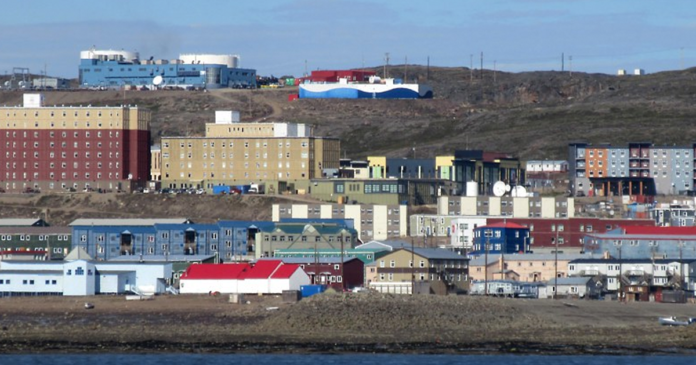“Canada’s Economic Landscape in 2023: A Closer Look at GDP Growth and Trends
In a year of economic ups and downs, Canada experienced varied levels of GDP growth across its provinces and territories. While some regions saw positive growth, others faced challenges that impacted their contribution to the national economy.
Nunavut Leads the Way in GDP Growth
One standout performer in 2023 was Nunavut, which saw a significant increase in GDP by 3.4%. Factors such as record population growth and economic activity played a role in driving this growth. However, tight monetary policy, inflation, and climate change-related events posed constraints on output growth across the country.
Ontario and British Columbia Make Significant Contributions
Ontario maintained its position as the largest contributor to Canada’s economic growth, despite a growth rate of only 1.6%. Similarly, British Columbia saw an increase in GDP by the same percentage, solidifying its role as the second-largest contributor to national economic growth. Alberta, Saskatchewan, and Quebec also made notable contributions to the overall GDP growth.
Challenges Faced by Newfoundland and Labrador
On the flip side, Newfoundland and Labrador experienced a decrease in GDP by almost 2.5%, impacting the province’s economic output. This decline marked the third time in six years that Newfoundland and Labrador had the largest negative effect on national economic output.
Construction Sector Trends
The construction sector emerged as one of the most volatile industries in 2023, with varying impacts across different provinces. While some regions saw growth driven by construction activities, others experienced declines in output. Factors such as the construction of a new gold mine in Nunavut influenced growth in certain regions.
Impact on Housing Industry
The decrease in residential construction across all provinces and territories, coupled with declines in real estate activities, pointed to challenges in Canada’s housing industry. High immigration levels, often touted as essential for supporting the economy, raised concerns among Canadians about exacerbating the housing crisis.
Looking Ahead
As the final GDP data for 2023 is set to be released in November, a more comprehensive understanding of income, expenditures, and revised estimates for previous years will provide valuable insights into Canada’s economic landscape. It is crucial to examine these trends holistically to address challenges and capitalize on opportunities for sustainable growth.
In a dynamic economic environment, understanding the nuances of GDP growth and industry trends is essential for informed decision-making and policy development. As Canada navigates through various challenges and opportunities, a comprehensive assessment of its economic landscape is vital for fostering resilience and driving progress towards a more prosperous future.”
Reference















